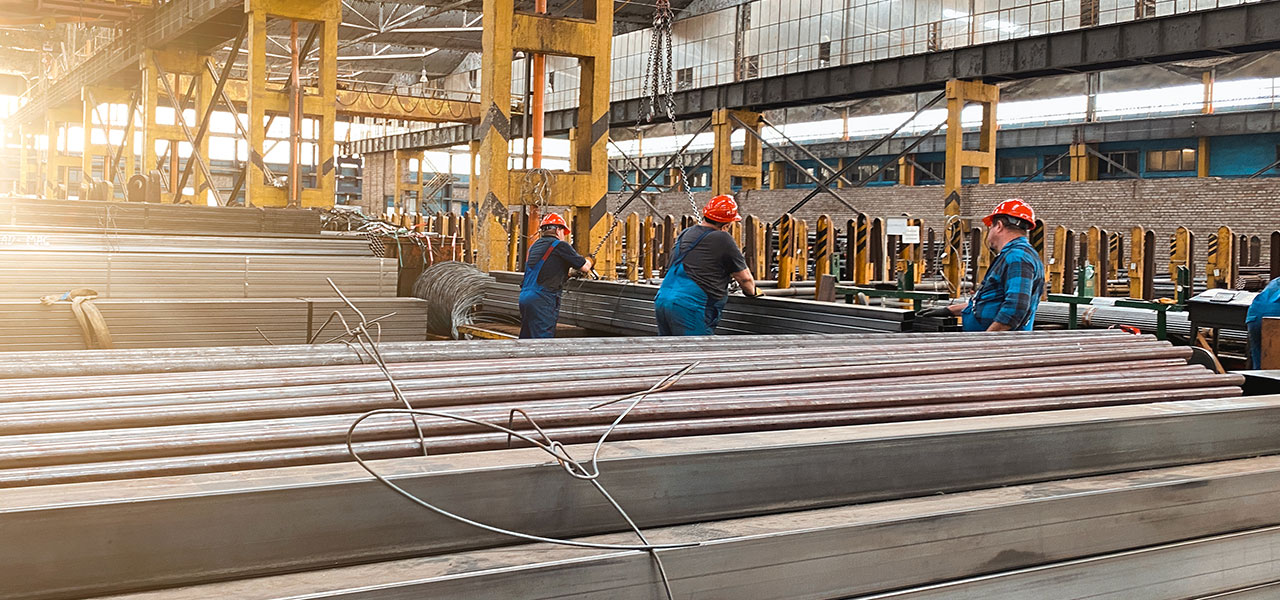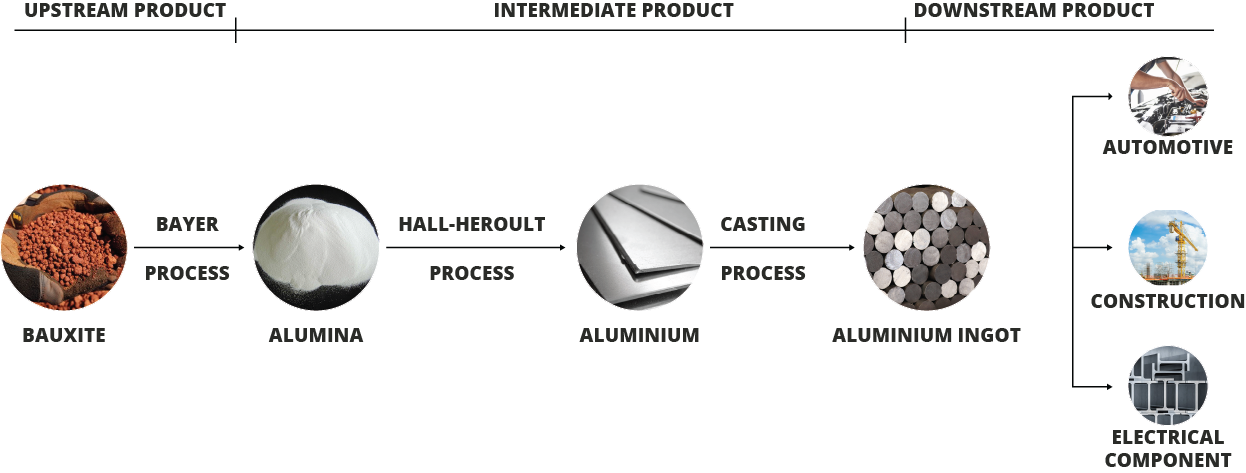Alumina And Aluminium Processing
Alumina and aluminium processing refer to the industrial processes involved in the production of alumina and aluminium metal from bauxite ore. Bauxite ore is a naturally occurring mineral that contains aluminium hydroxide and various impurities such as silica, iron oxide, and titanium dioxide.
The process of producing alumina from bauxite ore involves several steps, including:
Mining: Bauxite ore is mined from open-pit mines using heavy machinery.
Refining: The bauxite ore is refined using the Bayer process, which involves dissolving the aluminium hydroxide in a hot caustic soda solution. This process results in the production of alumina, which is a white powder.
Smelting: Alumina is then smelted in a furnace using the Hall-Heroult process, which involves passing an electric current through the molten alumina. This process separates the aluminium metal from the oxygen and other impurities, resulting in the production of molten aluminium.
Casting: The molten aluminium is then cast into various shapes and sizes, such as ingots, billets, and slabs, which can be further processed into finished products.
The production of alumina and aluminium is a complex and energy-intensive process that requires significant amounts of electricity and other resources. The aluminium industry has made significant progress in improving energy efficiency and reducing greenhouse gas emissions through the development of new technologies and production processes.
Alumina and aluminium are used in a wide range of industrial applications, including transportation, construction, packaging, and consumer products. Aluminium is prized for its lightweight, strength, durability, and corrosion resistance, and is widely used in the manufacture of airplanes, cars, and other transportation equipment, as well as in construction materials, such as window frames and roofing. Alumina is used in the production of ceramics, abrasives, and refractories, as well as in the manufacture of aluminium metal.




